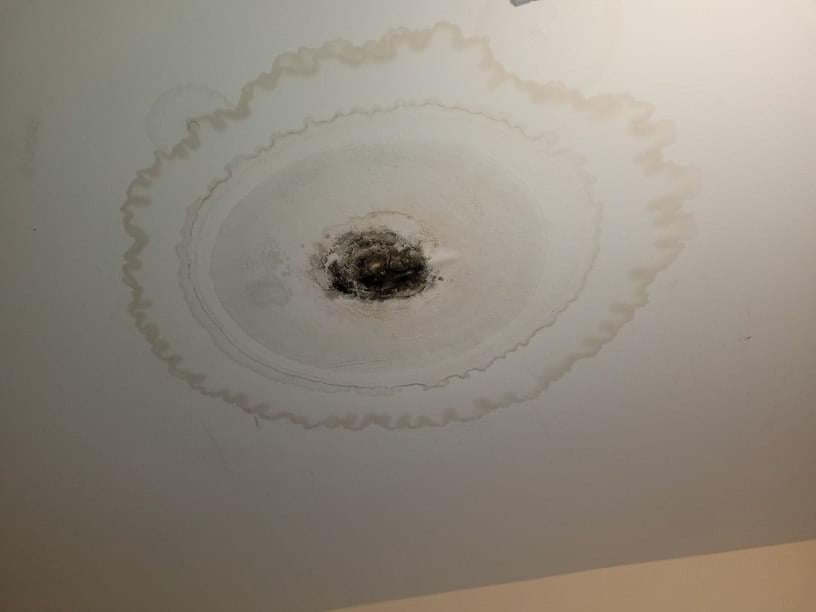Guide To Water Leak Discovery In The House
Guide To Water Leak Discovery In The House
Blog Article
This great article following next relating to Detecting hidden plumbing leaks is amazingly motivating. Try it and draw your own conclusions.

Early detection of dripping water lines can alleviate a potential disaster. Some little water leaks might not be visible.
1. Take A Look At the Water Meter
Checking it is a surefire method that assists you discover leaks. If it moves, that indicates a fast-moving leak. This implies you may have a sluggish leakage that might also be underground.
2. Inspect Water Usage
Examine your water expenses and track your water usage. As the one paying it, you ought to observe if there are any type of inconsistencies. If you identify sudden changes, in spite of your usage being the same, it implies that you have leaks in your plumbing system. Remember, your water bill should drop under the exact same variety each month. An unexpected spike in your expense indicates a fast-moving leak.
Meanwhile, a stable increase on a monthly basis, even with the exact same practices, shows you have a slow-moving leak that's likewise gradually rising. Call a plumber to thoroughly examine your home, especially if you feel a warm location on your flooring with piping below.
3. Do a Food Coloring Test
When it pertains to water usage, 30% comes from commodes. Examination to see if they are running appropriately. Drop specks of food shade in the tank and also wait 10 minutes. If the shade somehow infiltrates your dish during that time without flushing, there's a leakage between the storage tank and bowl.
4. Asses Outside Lines
Don't neglect to check your outside water lines too. Test faucets by affixing a yard pipe. Must water seep out of the connection, you have a loosened rubber gasket. Change this and make sure all links are tight. If you've obtained a sprinkler system, it will aid get it professionally took a look at and also kept annually. One small leakage can throw away lots of water and spike your water costs.
5. Analyze the circumstance and examine
House owners should make it a habit to check under the sink counters and even inside cabinets for any bad odor or mold and mildew growth. These two red flags indicate a leak so punctual focus is called for. Doing regular assessments, also bi-annually, can save you from a major problem.
If you understand your house is already old, maintain a careful eye on your heating units, hose pipes, pipes and so on. Check for discolorations and also damaging as the majority of pipelines and appliances have a life span. They will also normally degrade due to tear as well as wear. If you believe dripping water lines in your plumbing system, don't await it to intensify. Call an expert plumber right now so you do not end up with a terrible mess in your house.
Early detection of dripping water lines can mitigate a prospective disaster. Some small water leakages may not be noticeable. Checking it is a guaranteed means that helps you find leakages. One small leakage can waste lots of water and also spike your water expense.
If you believe leaking water lines in your plumbing system, do not wait for it to rise.
WARNING SIGNS OF WATER LEAKAGE BEHIND THE WALL
PERSISTENT MUSTY ODORS
As water slowly drips from a leaky pipe inside the wall, flooring and sheetrock stay damp and develop an odor similar to wet cardboard. It generates a musty smell that can help you find hidden leaks.
MOLD IN UNUSUAL AREAS
Mold usually grows in wet areas like kitchens, baths and laundry rooms. If you spot the stuff on walls or baseboards in other rooms of the house, it’s a good indicator of undetected water leaks.
STAINS THAT GROW
When mold thrives around a leaky pipe, it sometimes takes hold on the inside surface of the affected wall. A growing stain on otherwise clean sheetrock is often your sign of a hidden plumbing problem.
PEELING OR BUBBLING WALLPAPER / PAINT
This clue is easy to miss in rooms that don’t get much use. When you see wallpaper separating along seams or paint bubbling or flaking off the wall, blame sheetrock that stays wet because of an undetected leak.
BUCKLED CEILINGS AND STAINED FLOORS
If ceilings or floors in bathrooms, kitchens or laundry areas develop structural problems, don’t rule out constant damp inside the walls. Wet sheetrock can affect adjacent framing, flooring and ceilings.
https://www.servicemasterbyzaba.com/blog/how-to-detect-water-leakage-in-walls/

I was guided to that report on Leaking water lines through someone on another domain. For those who enjoyed our blog posting plz don't forget to share it. We recognize the value of reading our article about Locating water leaks.
Report this page